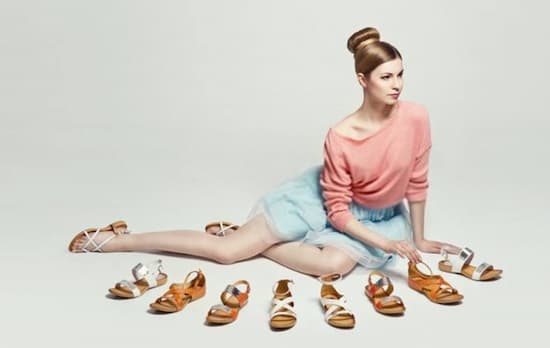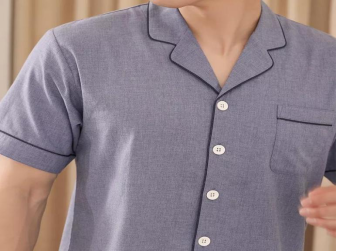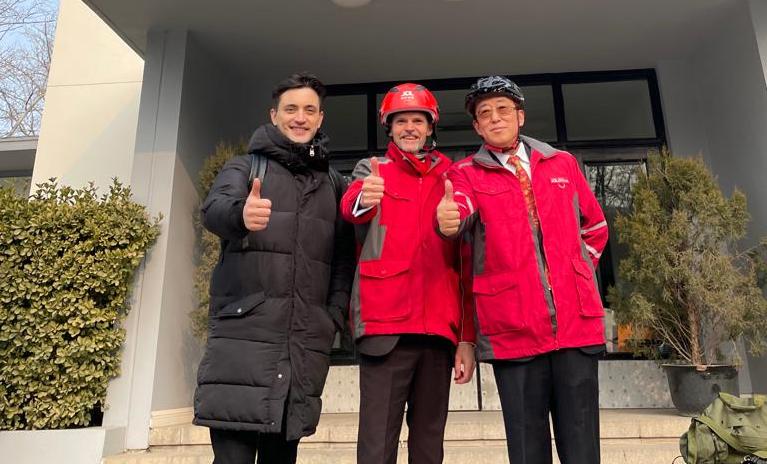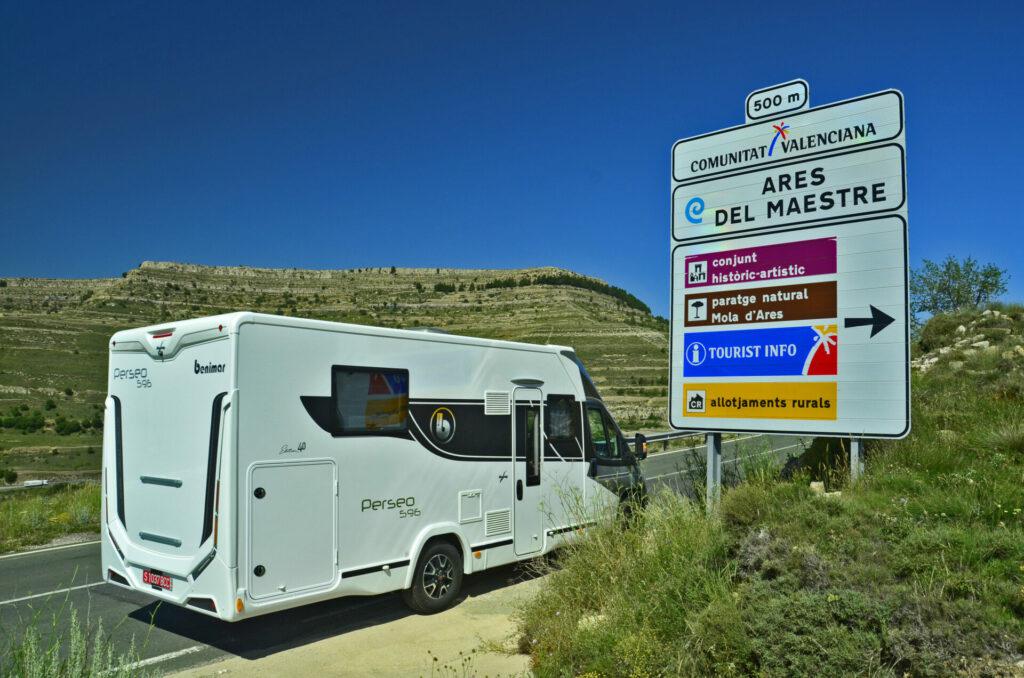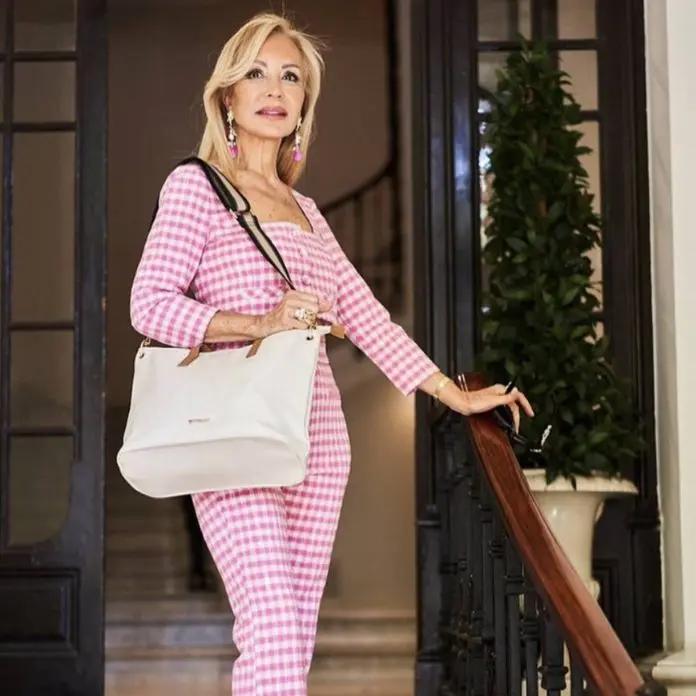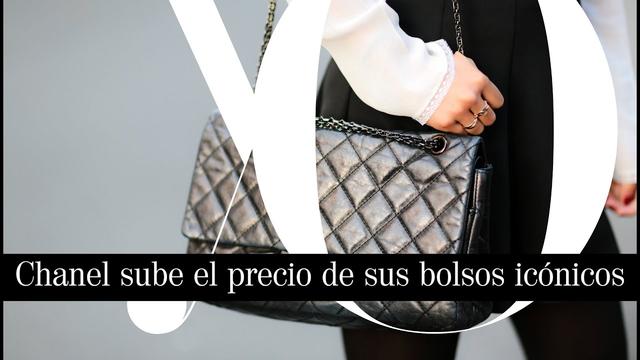Home → luxury bag → Ubrique, the people...
Ubrique, the people who live for and for the skin of luxury firms
From the workshop window where Sebastián González works, everything is contemplated.But when you ask this Morocin about that view that receives him every morning, the answer is not what one expects;He no longer perceives the landscape.After 52 years driving spatulas, chavetines and patacabras, not only his back further, also his eyes.His hands, on the other hand, remain precise and delicate.
Sebastián began working with only nine years as an apprentice by the hand of a teacher, exploring every detail, spreading in forms, of the ways...In short, of the passion for the trade."I have always impressed how to treat the skin they have in Ubrique: how they touch it and accompany it to enter the sewing machine...".This is explained by Vanessa Triguero, a designer of Magalie, a firm that decided to produce her exclusive bags in Gongue Skin, the workshop that Manuel and Antonia, children of Sebastián, have in this town that barely reaches 17.000 inhabitants.
"Ubrique cannot be overlooked in the history of Loewe," said Enrique Loewe four years ago at the inauguration of the first edition of the Master in Leather Design that the firm's foundation organized in the Technological Center of the Skin of AndalusiaMovex, located in this town, whose relationship with this material dates back 20 centuries ago."We had all the necessary ingredients to tan: abundance of water, pastures, limestone and tannins from the Los Alcornocales Natural Park," says Juan Enrique Gutiérrez, general secretary of Empiel, an association that groups the main leather companies of the region of the regionand director of the School of Artisans of Ubrique.However, the lack of adaptation to new technologies and the contamination of the waters that implies the heal led to focus only on the accessories."We talk about manufacturing, although we do not resort to an industrialized system, it is not pure and hard crafts: all the pieces come equal," says Javier Gallego, director of Movex, who, yes, recalls that 70% of the process is donemanual form, getting to 10 people intervening in the manufacture of a bag: the cutter, the lowering or the machinist, the painter, the gallery...
It teaches us the entire process Manuel Cabrera, responsible for purchasing from the Carla Sade Moroccanering company, which explains that each model can have up to 50 pieces, so it is possible that a single copy passes up to 40 times through the sewing machine and requiringhalf day of work.This factory uses 60 people (90 in high time).And it is that the majority of Ubrique companies are small, relatives, they say.
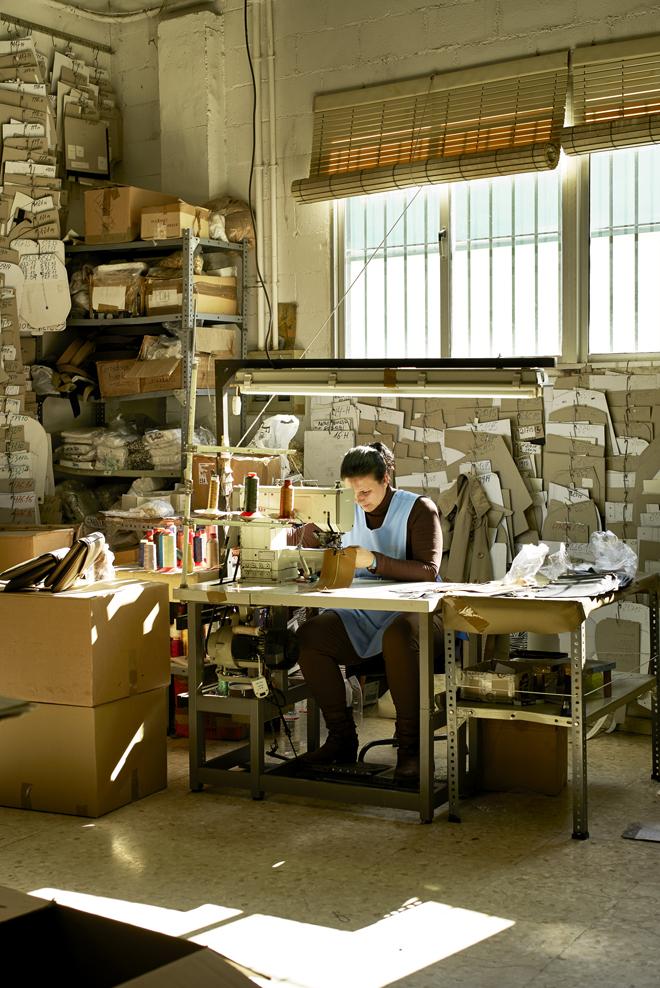
"It is very rare that there is a family of Ubrique without some link with this sector," says Gutiérrez.The people live for and for the skin, and the possibilities of this economic engine are such that, for example, the school of artisans has a waiting list of up to 800 people between 16 and 50 years old."Not only come from the province of Cádiz and all of Andalusia.We have had students from Denmark, Colombia, Cuba, Romania...", says its director.They come attracted to the placement index - more than 75% - and to learn a trade with the best.
How to set up text-to-speech donations on twitch so that donors can have ae messages read aloud ... https: // t.CO/V89ZHV6J1K
— JBI Studios Sun Aug 23 15:00:21 +0000 2020
Some school teachers, where about 150 professionals have already left, are retired artisans who care, above all, to "motivate boys and girls," adds Gutiérrez.For teaching them how years ago the apprentices could give a stitch comparable to that of a state -generation sewing machine.For reminding them of how, when the afternoon -Manuel González, son of Sebastián, remembered, "women sat at the door of their home with the children and sewed petacas by hand" (hence the Moroccineers call them Petaqueros).For showing them how a job like this can be converted into a way of understanding life.
"Things are done here with impeccable care.That is what the big brands have seen, "says Vanessa Triguero.The company for which it works recognizes that it is a pride.On the other hand, the more than one hundred brands of luxury accessories that also trust in the hands of these artisans do not usually reveal their relationship with Ubrique.It is known, yes, that the accessories of signatures such as Chanel, Dior, Prada, Nina Ricci, Carolina Herrera, Coach, Givenchy, Lanvin, Lacroix or Cartier, among many others, are manufactured in Spain, and that a good part of that productionleaves one of the 120 companies that develop their activity in Ubrique.But you will never hear the Ubriqueños for whom they work, not only for a confidentiality clause, which respect Rajataba, but because they know that their work depends on it.
Who also does not have a problem to declare that he resorts to the factories here is Uterqüe.Aware that "in the world of 'Premium' firms there is a return to artisanal values", he says he has turned terms such as "exclusivity, detail, perfect finishes" in brand values ".In the manufacture of our bags and footwear (which produce in Elda, Alicante) we seek, above all, the manual elaboration process.This maximum turns our products into unique and durable pieces.It is committed to Ubrique because the processes remain manual and the experience of the trade is essential, "says those responsible for this inditex subsidiary.
Ubrique has not always been in the spotlight of the luxury firms, which eight years ago pointed to the Southeast Asia to manufacture its accessories there although, as Antonia González recalls, here the prototype was still done, which is actually where the worked."In the sample, reinforcement, texture, stiffness are seen...Once done, production comes out in chain ".
Soon the quality standards of the Asian factories began to fail and the brands began to return the orders.In addition, "the same Chinese company that produced the accessories made the copy, and it reached the market before the original," says Gutiérrez.Things returned to their channel thanks, too, to the closeness of Ubrique with the fashionable fashion centers and the ease of negotiating with someone with whom there are not so many cultural obstacles.The Uterqüe design team, for example, can follow the entire process very closely.Although, as Juan Enrique Gutiérrez states, "the first quality control of a product is done by the artisan himself.It is part of the Ubriqueño DNA ".Luxury firms know it and that is why they respect and promote the way of working of these marroquineers who are, in short, those who create that little miracle behind a luxury complement.
Elda is shoes that ubique the bags.But although the Alicante city takes (almost all) fame, in reality it would have to share it with other shoemakers such as Elche and Villena, also in Alicante, and with some more point of the Valencian Community (Vall de Uxó, in Castellón,for example), where seven out of 10 Spanish footwear companies are located.According to AVECAL data (Valencian Association of Footwear Entrepreneurs), France, Italy, Germany, the United Kingdom and Portugal are the main destinations where these supplements are exported.And brands such as Dior, Louboutin, Gucci, Prada or Tod's have been set at some point in this area.But who maintains a special relationship with Elda is the American designer Stuart Weitzman.Adoptive son of the city, where he performs all his production, the creator does not have a hard time standing out of this area "labor, shoemaker heritage and excellent labor relations".
